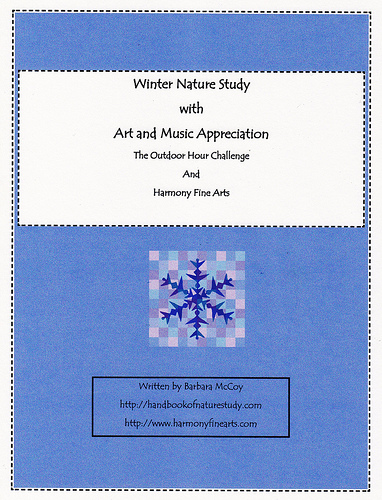“Most of us think we know the robin well, but very few of us know definitely the habits of this, our commonest bird. The object of this lesson is to form in the pupils a habit of careful observation, and to enable them to read for themselves the interesting story of this little life which is lived every year before their eyes. Moreover, a robin notebook, if well kept, is a treasure for any child; and the close observation necessary for this lesson trains the pupils to note in a comprehending way the habits of other birds. It is the very best preparation for bird study of the right sort.”
Handbook of Nature Study, page 57
What started off as a hike after the rain had stopped, quickly turned into an exciting weekend of robin watching. Heading down our regular hiking trail, we immediately saw a sight that made us stop in our tracks. Up over our heads in huge groups were groups of birds flying, some stopping to perch in the tall pines above us. Some of the birds were just flying very fast all in one direction. I did not have my binoculars on this afternoon so we had to use the camera to see at first what kind of birds they were. Robins! Flocks and flocks of robins!
We were amazed at the numbers of robins and I tried to capture a few photos, but I had my little camera that does not have an adequate zoom. The photo above is the only photo that you see the robins.
None of us had experienced this large of a flock of robins before. We realized exactly what is in the quote above from the Handbook of Nature Study. How could we have never noticed the robins migrating/flocking before? Where are they coming from? Where are they going? We had so many questions in our minds as we finished our hike.
This experience was repeated several times over the course of our weekend. We even had them flocking and flying overhead yesterday morning at our house. The neighborhood was alive with robins.
This is how our robin study started this weekend. We are going to use the suggestions for progressive robin study in the Handbook of Nature Study and spend some time this spring learning about this common neighborhood bird. You can read the lessons starting on page 61.
“For third or higher grades the pupils may have individual notebooks in which each one may write his own answers to the questions of the successive series……The cover or first page should show the picture of the robin colored by the pupil, and may contain other illustrative drawings, and any poems or other literature pertinent to the subject.”
Handbook of Nature Study, page 61
The Handbook of Nature Study contains lessons that follow the spring habits of the robin and it will take us a few months to finish our study.
We found the following links helpful:
Winter Robins
What Happens to All the Robins?
Making Sense of Robin Migration This article has some interesting information stating that the robins only start singing when they have reached their territory. Many of the robins we observed over the weekend were singing…so I guess they are home. More info HERE.
Robin Migration Journal Pages I can’t believe what you can find on the internet with very little effort. I was reading this website and realized they have a journal you can print out and use to keep track of the robin migration for this year. Awesome! They also have more generic notebook pages to go with any study HERE.
I will keep you posted on the progfess of our robin study. Don’t forget that this coming weekend is the Great Backyard Bird Count. Even if you can only devote 15-20 minutes of bird watching in your neighborhood this coming weekend, you can participate in this important birding event. You do not need to be an expert in bird identification either. Report the birds you do know!
I will share our bird tallies as we make our observations.








































